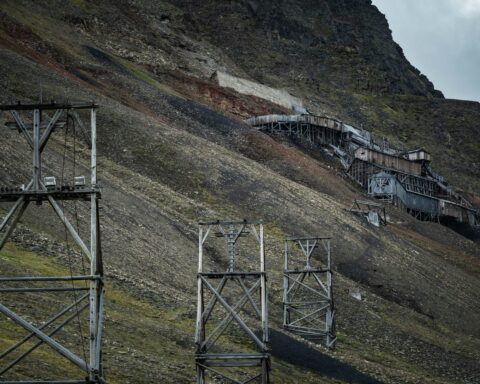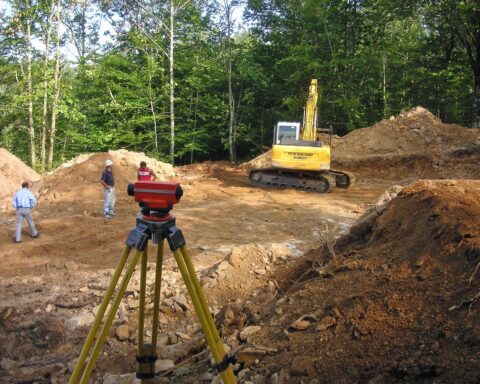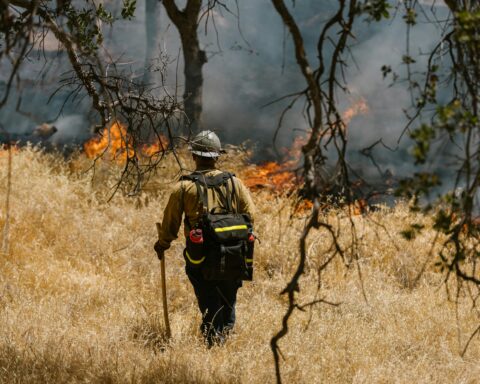The Environmental Protection Agency (EPA) and Department of Energy (DOE) will make up to $1 billion in grants available to support efforts to reduce methane emissions from oil and gas operations and to monitor emissions across large geographic regions.
The grants will be awarded through the Methane Emissions Reduction Program as part of an ongoing effort to reduce greenhouse gas emissions nationwide. The EPA and DOE intend to open a 60-day application period in February or March, the departments said in a press release.
The funds are available through the Inflation Reduction Act (IRA), and distribution will be overseen by DOE’s Office of Fossil Energy and Carbon Management. The office works to help the U.S. minimize the negative environmental impacts of fossil fuels and industrial processes and to meet emissions reduction goals through research, development and implementation of technology.
“Together we are supporting innovative solutions that will address these harmful emissions at a large scale across the nation,” said Ryan Peay, DOE Deputy Assistant Secretary for the Office of Resource Sustainability, in a press release.
Methane has been shown to heat the earth’s atmosphere at a rate about 80 times greater than carbon dioxide over a 20-year period. About 30% of climate warming can be attributed to methane emissions, and the oil and gas industry is the largest contributor to U.S. methane emissions.
“We know the adoption of cleaner and smarter ways to monitor and reduce wasteful methane emissions is critical to addressing climate change,” said EPA Deputy Assistant Administrator in the Office of Air and Radiation Jennifer Macedonia.
The announcement comes after the EPA proposed rules regulating methane emissions by the oil and gas industry. The IRA requires oil and gas companies responsible for at least 25,000 metric tons of emissions be charged $900 per ton of methane they emit, with the charge increasing each year. The final rule, released in January, provides guidance to states and gives them two years to begin administering fees. This round of grants is intended to speed up the adoption of technology that will help reduce emissions.
Three types of projects will be considered to receive funding:
- Reducing methane at oil and gas well sites, especially low-producing wells that still leak methane, known as marginal wells. Eligible recipients include tribal organizations, organizations representing oil and gas producers, research institutions and universities. Those organizations will distribute funding to owners of oil and gas assets that need methane mitigation. The DOE in December awarded $350 million to 14 states to slash methane emissions from low-producing wells.
- Innovative solutions to reducing emissions from petroleum and natural gas systems. The goal to accelerate the implementation of technology capable of large-scale methane reduction on parts of the oil and gas supply chain where emissions reductions present the greatest technical challenge.
- Monitoring emissions across large regions and developing partnerships with multiple stakeholders throughout those regions to collect and utilize methane emissions data. The partnerships would include DOE’s national laboratories, universities, oil and gas operators, community organizations, nonprofits and tribal organizations.













